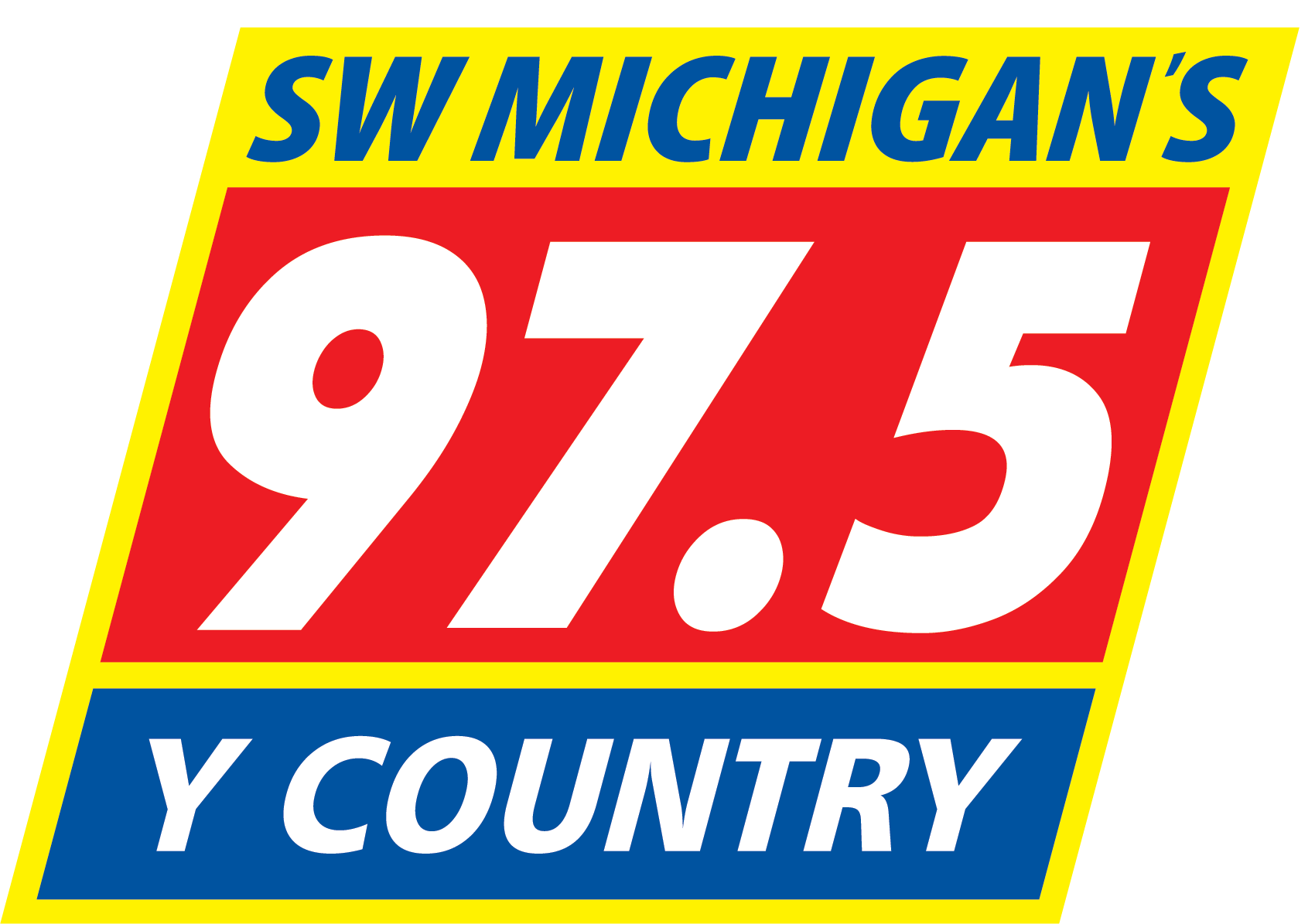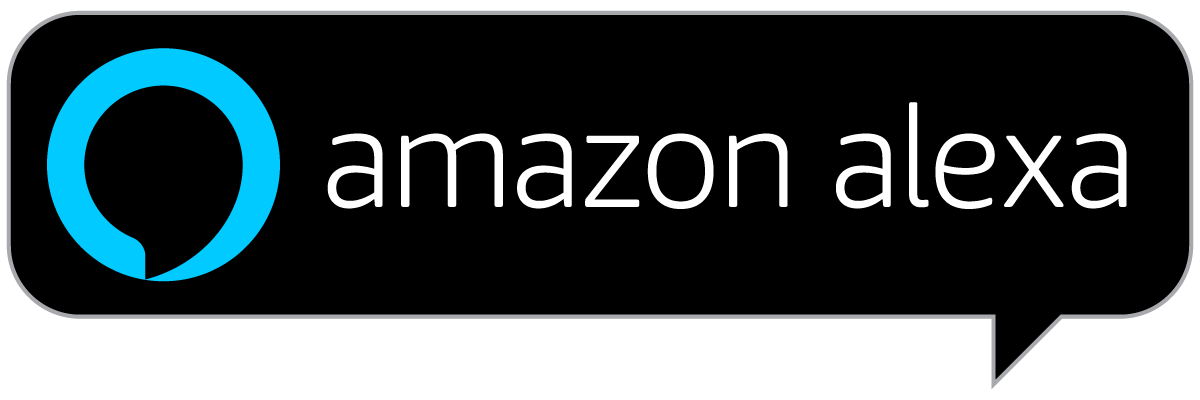
July is Lakes Appreciation Month in Michigan. Michigan Department of Environment, Great Lakes, and Energy spokesperson Jeff Johnston tells WSJM News Governor Gretchen Whitmer has made the declaration to highlight the rich ecosystems, fresh drinking water, recreational appeal, and economic vitality that Michigan’s lakes give the state. He notes the recently approved $500 million bipartisan MI Clean Water Plan does a lot for water resources.
“That dedicated $500 million to protecting, particularly drinking water, but protecting our water resources,” Johnston. “Everything that protects water resources in Michigan is an extension of protecting our lakes.”
Johnston says you can go to EGLE’s website to find information on what you can do and to learn more.
“You can find links to a number of great resources about how to protect our lakes, how to enjoy them safely. There’s practically no end to the good information out there.”
We have several links at our website. In addition to having 3,200 miles of Great Lakes coastline on four of the five Great Lakes, Michigan has more than 11,000 inland lakes. Of Michigan’s more than 100 state parks, 42 offer access to Great Lakes shoreline.
Here are resources for learning more about Michigan’s lakes and how to help keep them healthy:
OGL’s State of the Great Lakes 2021 Report: Learn how Michigan’s investment in water infrastructure will pay dividends for decades to come.
Coastal Zone Management Program: The program provides technical assistance and grants to help coastal communities mitigate coastal hazards, create healthy habitats, support eco-tourism, ensure safe public access, and support resilient and sustainable economies.
Council on Climate Solutions: The council acts in an advisory capacity to the governor and EGLE in overseeing implementation of the MI Healthy Climate Plan.
Lakes and beach water quality monitoring: The Surface Water Assessment Section oversees the protection of the quality of surface waters throughout the State of Michigan.
MiCorps volunteer lakes and rivers monitoring program: The Michigan Clean Water Corps is a network of volunteer water quality monitoring programs in Michigan.
Michigan Shoreland Stewards program: The program recognizes lakefront property owners protecting inland lakes through best management practices on their property.
Great Lakes Areas of Concern (AOC) legacy contamination restoration: Michigan’s AOC program works with federal and local partners to restore designated sites affected by legacy contamination and development.
Michigan Aquatic Invasive Species cooperative: A guide to species that are not native and have the potential to harm human health or natural or agricultural resources.
Clean Water State Revolving Fund: This low-interest loan financing program assists qualified local municipalities with the construction of needed water pollution control facilities.
Nonpoint source pollution grants: The program helps local stakeholders reduce nonpoint source pollution and excessive runoff by supporting efforts to develop and implement watershed management plans.
Impacts of Great Lakes high water levels: Find information on permitting and technical resources to mitigate erosion and shoreline flooding.
Shorelands Management Program: Learn more about changing shorelines and the options to protect them.
Shoreline Protection information and resources: EGLE recommends the use of natural shoreline treatments, or bioengineering, for shoreline protection.
Great Lakes Coordination Program: The program leads state agency efforts and collaboration among partners to improve Great Lakes stewardship and sustainability.
BeachGuard Monitoring System: This public resource provides information on Michigan beaches including water quality sampling results and beach advisories and closures.






